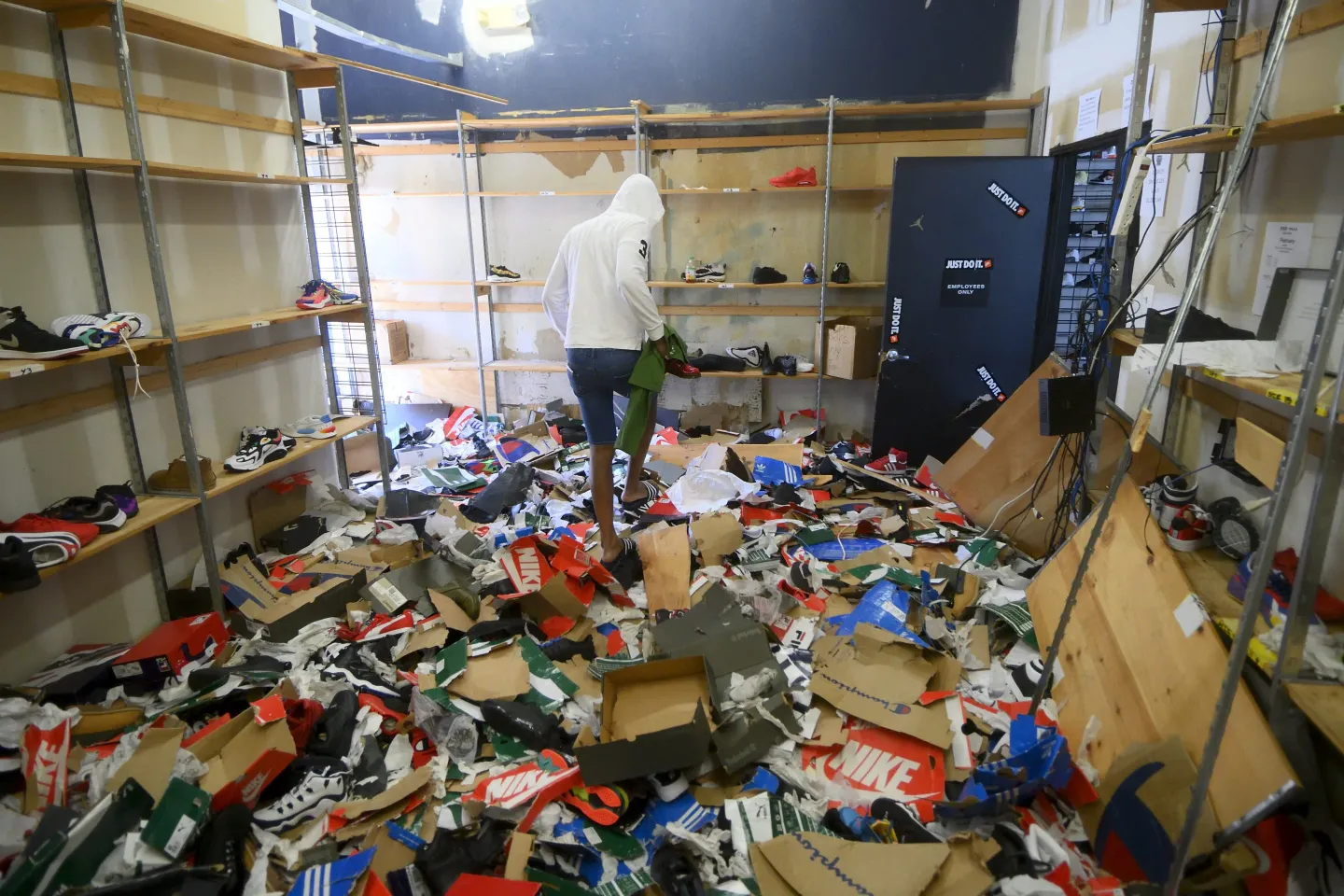The National Retail Federation (NRF) has retracted a significant claim about inventory losses, commonly known as shrink, after a news investigation revealed inaccuracies in the analysis.
The NRF’s retraction, announced Friday, highlights the challenges the retail industry faces in accurately measuring the impact and origins of inventory losses. This data is crucial as the industry uses it to advocate for stricter legislation against theft.
In April, the NRF, in collaboration with private security firm K2 Integrity, released a report on organized retail crime (ORC).
The report claimed that “nearly half” of the estimated $94.5 billion in inventory losses reported by retailers for 2021 was due to ORC.
This assertion was inconsistent with the NRF’s own annual shrink survey, which indicated that external theft—including all types of theft not involving employees—accounted for only 37% of those losses in 2021.
Organized retail crime involves coordinated groups that shoplift items and resell them online or through informal markets.
Retailers often highlight ORC as a major issue affecting their stores, employees, and profits, and they are pushing for stricter laws with harsher penalties for organized theft.
External theft encompasses any theft by individuals not employed by the retailer, including petty shoplifting, which retailers generally regard as less concerning.
The NRF retracted the claim after an investigation by Retail Dive, published at the end of November, uncovered the discrepancy.
NRF spokesperson Mary McGinty explained that the claim originated from U.S. Senate testimony in 2021 by Ben Dugan, an asset protection executive at CVS Health and former president of the Coalition of Law Enforcement and Retail (CLEAR).
Dugan had estimated that ORC resulted in $45 billion in annual losses for retailers.
McGinty clarified, “The statement that ‘nearly half of… [shrink] was attributed to ORC’ was an incorrect inference by the K2 analyst who linked the NRF’s 2021 NRSS survey results with Dugan’s 2021 Senate testimony.”
The NRF has revised the report to remove the erroneous claim. CLEAR, however, stands by its Senate testimony and the estimate, asserting that their figures were based on data collected from retailers and law enforcement agencies tackling organized retail crime.

CLEAR argued that disputing the estimate distracts from their mission to combat ORC effectively.
McGinty emphasized that while the NRF acknowledges the serious problem of organized retail crime, accurately gathering and analyzing data on theft remains challenging.
“We recognize the difficulties faced by retailers and law enforcement in collecting and analyzing data to measure theft incidents across the country,” she said.
“Retailers and law enforcement agencies face daily theft incidents, collaborate on large-scale investigations, and report millions of dollars in recovered stolen goods.”
NRF’s studies offer the industry’s best estimates on the impact of shrink. These figures are widely reported by the media and used by lawmakers to advocate for stricter regulations.
However, the recent data issues have fueled skepticism about the reliability of claims made by retailers and their trade associations regarding organized retail crime.
The NRF’s retraction is not the first instance of data inaccuracies. In a previous shrink survey, the NRF reported $94.5 billion in inventory losses for 2021, based on an average shrink rate of 1.4% applied to preliminary retail sales data from the U.S. Census Bureau.
When the Census published its final retail sales figures, they were lower than initial estimates, making the actual shrink losses about $600 million less than the NRF’s original figure.
When this discrepancy was highlighted earlier this year, the NRF did not revise the survey data but used the corrected figure in its 2022 report for comparative purposes.
McGinty noted that the Census continually revises its numbers, while the NRF does not adjust published figures, as they represent a snapshot of data available at the time.
“It’s not flawed data,” McGinty said. “It’s data based on the best available information at the time.”







Leave a Reply